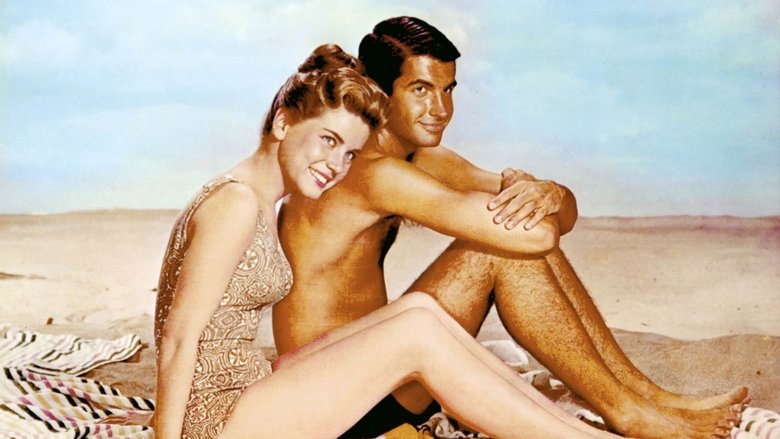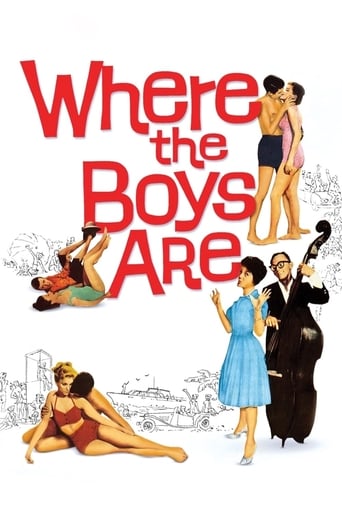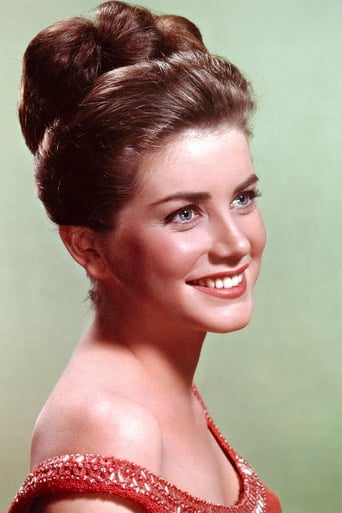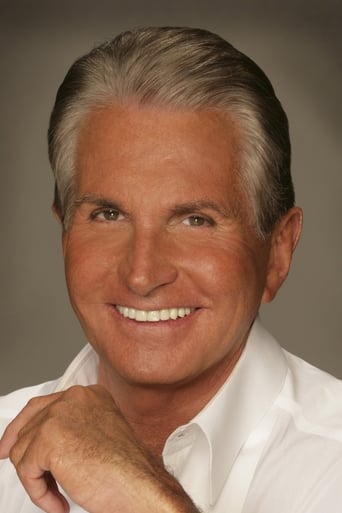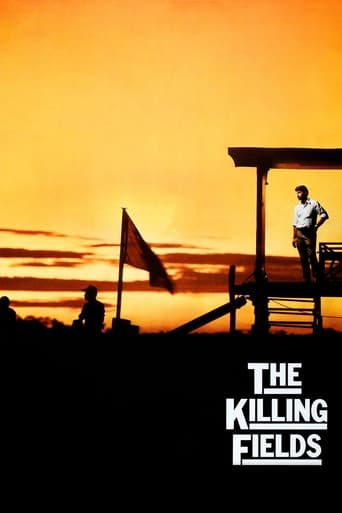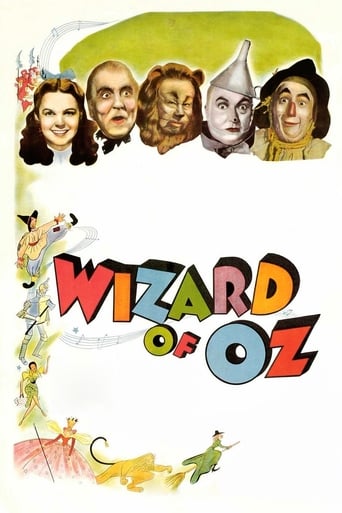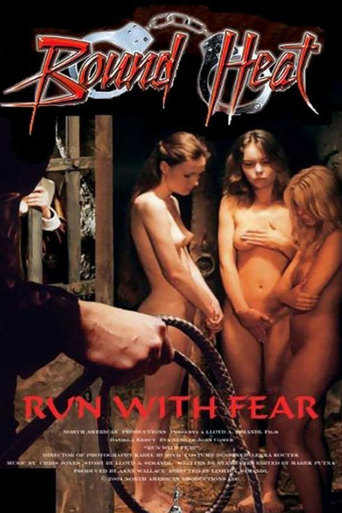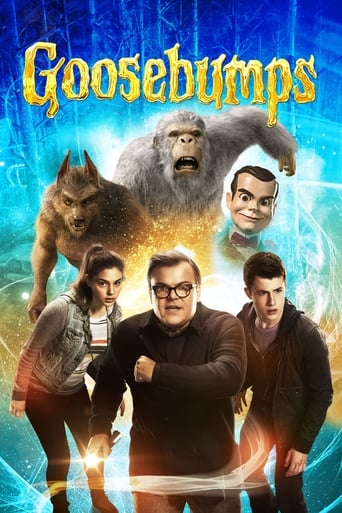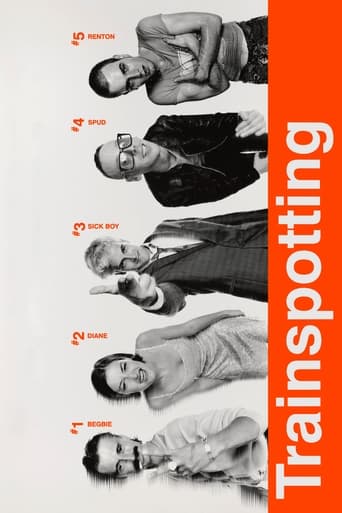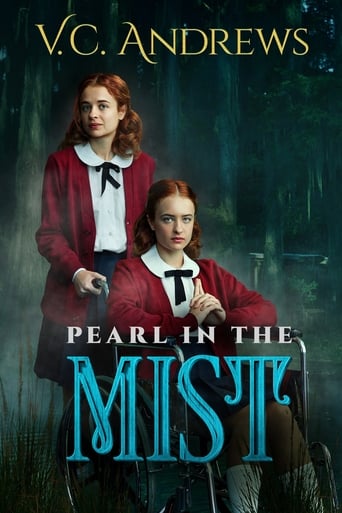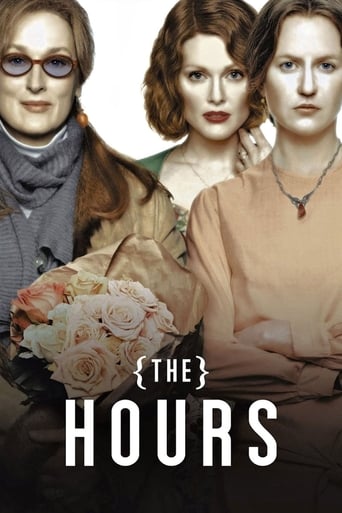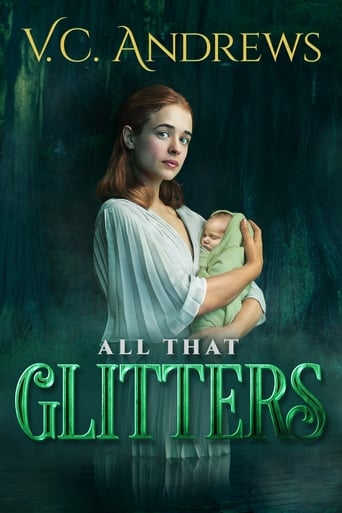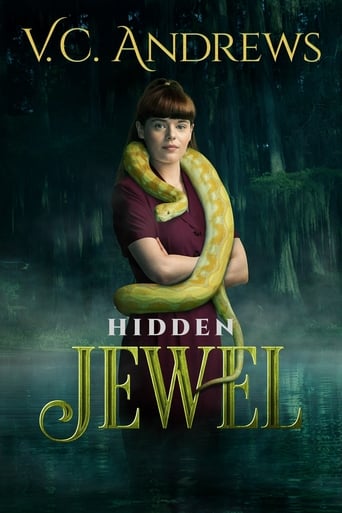Where the Boys Are (1960)
Good girls Merritt, Melanie, Tuggle and Angie - all students at mid-western Penmore University - are planning on going to Fort Lauderdale, Florida for spring break to get away from the mid-western snow despite not having much money to spend once there. On the drive down, they admit their real purpose is to go where the boys are.
Watch Trailer
Free Trial Channels
Cast


Similar titles
Reviews
You won't be disappointed!
Tied for the best movie I have ever seen
I am only giving this movie a 1 for the great cast, though I can't imagine what any of them were thinking. This movie was horrible
Story: It's very simple but honestly that is fine.
Beach movies were a popular genre in the late fifties and early sixties. Their main attraction was the chance to see lots of pretty girls (or, depending upon one's sex and/or sexual orientation) handsome boys in skimpy bathing costumes. As this was the era which saw the rise of rock- and-roll, catchy pop tunes were normally also featured. It is an interesting comment on changing social attitudes that the supposedly skimpy bathing costumes worn by the girls in such films are quite modest by modern standards, whereas those worn by the boys are actually more revealing than anything likely to be seen on a beach in 2014 when "board shorts" seem to be fast supplanting traditional swimming trunks. The "spring break" has long been a traditional rite of passage for American college students, and Fort Lauderdale, Florida, is a popular destination for such holidays; apparently it became even more popular after this film was released. (In 1960, and indeed during my own student days in the eighties, there was no equivalent British institution, but in recent years British students have taken to spending the Easter vacation in Cornwall or various Mediterranean resorts). "Where the Boys Are" tells the story of four girl students, Merritt, Melanie, Angela and Tuggle, who leave their university in the snowbound Midwest for a spring break in Fort Lauderdale with love and romance on their minds. (I presume that "Tuggle" is a nickname, although we never learn how she came by it or what her real name is). For most of its length the film sticks to the normal beach movie formula of sun, sea, sand, swimsuits, music and romantic comedy. It does, however, have ambitions to be something more than a standard teenage rom-com. It also attempts to explore the changes in attitudes towards sex and morality among the younger generation at the beginning of the decade which was to give us the expression "permissive society". The four girls have contrasting personalities and equally contrasting attitudes. Merritt, a self-confident, assertive young woman, believes strongly that premarital sex is something all young people should experience, and is brazen enough to express this shocking opinion in front of her prudish lecturer, the ironically misnamed Dr Raunch. There is, however a limit to Merritt's brazenness, a limit probably imposed by the strictures of the Production Code. She never actually uses the expression "having sex", still less its more vulgar synonyms, but prefers to rely upon coy euphemisms such as "making out" or "playing house". (This last, presumably an Americanism, would have surprised my grandmother who used to say "playing house" when she meant "playing bingo", one of her favourite pastimes).Tuggle is just as forthright as Merritt, but believes in saving herself for the right man. Angela is neurotic about her looks and frets that she will be unable to find a boyfriend- rather surprisingly, given that she is played by the very attractive Connie Francis, better known as a singer than as an actress, who also gets to sing the film's attractively melodious theme song. The shy, insecure Melanie takes Merritt's lecture to heart and resolves to lose her virginity as soon as possible. The film then traces the ways in which the girls' attitudes and expectations change during their stay in Fort Lauderdale. Merritt, the apostle of free love, undergoes a conversion when she falls for the good-looking, wealthy Ivy League undergrad Ryder and henceforth becomes an advocate of the doctrine that true love waits. (The actress who plays her, Dolores Hart, later underwent an even more radical conversion of her own, giving up her acting career to become a nun). Angela finds her own love-interest in the eccentric, wall-eyed jazz musician Basil, a boy who is as neurotic about his looks as she is (although in his case with greater justification) and frets about his inability to find a girlfriend. Tuggle is disillusioned when the boy she is interested in, "TV", abandons her for another woman, although as he is obviously a complete weirdo this is no great loss on her part. And Melanie? Well, this is where the film gets serious. The adventures of Merritt, Tuggle and Angela would fit firmly within the normal "beach party movie" tradition of rather silly romantic comedy with lots of fun, music and attractive youngsters of both sexes. The misadventures of Melanie would not. What actually happens to Melanie seems a bit vague as either their own puritan impulses or official censorship prevented the scriptwriters from spelling it out in too much detail, but it appears that she was sexually assaulted; her friends subsequently find her walking across the road in a distraught state and she is eventually taken to hospital after being hit by a car. This episode is only a brief one, but it makes for a jarring ending, something from a serious coming-of-age drama grafted onto a silly comedy. The filmmakers seem to have been aiming at two different markets, the teen audience who wanted to see a film about sex, as frank as the censors of the day would permit, and those members of the older generation who felt that if Hollywood was going to start making films about sex they should be hedged around with as many moralising "thou- shalt-nots" as possible. The resulting dog's dinner of a compromise makes "Where the Boys Are" one of those films that could only have been made during a very brief historical window. In 1940 or 1950 it would have been too sexually frank for the liking of the censors. By 1970, and certainly by 1980, its approach to its subject would have been so mealy-mouthed as to seem inadvertently comic. And today it serves as a historical record of what we might call the Not-Quite-Permissive Society of 1960. 4/10
WHERE THE BOYS ARE is delightfully entertaining and you'll be singing the song for days! I love the fact that it is really a Spring Break soap opera that doesn't take itself too seriously. As with all soaps, a couple of threads are usually the highlights. These threads are played by our leads: Hart, Hamilton, Hutton, and Prentiss. Jim Hutton and Paula Prentiss always play off of each other so well, and here again they do not disappoint. They are the comedic story thread. Delores Hart and George Hamilton bring out the romantic drama aplenty. Of course, there are many other lovely girls and silly guys to round out the cast. It's the perfect cast for a Spring Break Beach movie.This isn't necessarily an award winning worthy film, but if they gave awards for Popcorn and Powder Puff Pieces, then this would be in the top 10. It's fun to watch once a year as all the college kids are headed off on Spring Break. Yes, times have changed. Yes, this film is dated. And yes, it represents the end of an era before the studio system began to collapse and then anything goes from that point on, and that's not necessarily a good thing. So relax, enjoy, and be prepared to be entertained two times over by the great Connie Francis who acts and sings the famous title song. Best of all, enjoy being transported to a week of fluff and fun!
Delores Hart, Yvettte Mimeux, Paula Prentiss, and Connie Francis are "Where the Boys Are," a 1960 film about spring break in Fort Lauderdale. The boys are Jim Hutton, George Hamilton, and Frank Gorshin.The four young women drive down to Fort Lauderdale for spring break, with an agenda of having fun and meeting men. The exception to this is Merritt (Hart) who has some school work to catch up on. The first reel is the last we hear of school work. With the exception of Angie (Connie Francis), the gals meet guys immediately - Tuggle (Prentiss) meets TV (Hutton), who hitches a ride to Lauderdale with them; Merritt meets the wealthy Ryder (George Hamilton), and frail, pretty Melanie (Mimieux) meets Dill (John Brennan). Angie later meets a jazz musician (Gorshin).The questions are, can true love be found during spring break? And, how far do you have to go to hook a man? Despite Merritt's free-thinking, she and Tuggle intend to stay pure; Angie doesn't have a choice; and Merritt -- Merritt is in for some tough realizations.All in all, a fun movie and a great look at the '50s mores and the power of the Hays code, which was still punishing girls who had sex before marriage.The best things about Where the Boys Are is seeing all these stars as young and fresh, with their movie careers just beginning, and another chance to hear Connie Francis sing the title song and "Turn on the Sunshine." She was terrific. Barbara Nichols plays a sexy performer and does "Have you Met Miss Fandango?" With the exception of Delores Hart, who became a nun, all of these youngsters would go on to successful careers. The young man who played Dill, John Brennan, was blackballed after yelling at a director who was demeaning the singer Odetta; he went on to work behind the scenes and killed himself in 2007 after his wife's death. Already a huge singing star by 1960, Francis, of course, is still singing after a miserable life that includes the death of her brother, rape, and a bipolar disorder.Spring breaks today still have plenty of booze and suntans but also plenty of everything else (including young women disappearing) - enjoy this film about a much more innocent time.
Forty-five years have elapsed since its original release, but it is amazing how this 1960 film introduced a particular genre that continues to be produced today granted in a far more explicit manner - the spring-break, beach-party movie where attractive teens go through a sun-drenched mating ritual and somehow love triumphs over carnal knowledge. Back then, the concept didn't seem quite as jaded as it does now, and consequently there is an entertaining naiveté about the timeworn story of four co-eds from a snowy Midwestern college who journey to Ft. Lauderdale for spring break to meet boys.The plot is based on the then-accepted notion that girls in college are only marking time waiting for husbands to come along, but the journey to that goal depends on the girl. The four in question are Merritt, a smart blonde who is not living up to her academic potential as she questions the moral code around premarital sex; Melanie, so deeply insecure she mistakes sex for love with a less-than-honorable Ivy Leaguer; Tuggle, a tall brunette who zeroes in on an even taller, eccentric hitchhiker; and Angie, the supposedly plain one who gets used to being ignored by men.Directed in a perfunctory fashion by Henry Levin, this is not the type of movie where you are terribly impressed with the performances, but I have to say the acting is certainly miles above subsequent beach-party movies. Elvis' former leading lady Dolores Hart plays Merritt credibly even as she is being seduced by a youthful George Hamilton wanly playing Ryder, a well-to-do Ivy Leaguer with a conveniently located yacht. As the most troubled of the girls, Yvette Mimieux (always loved her name) accurately captures the constantly forlorn, little-girl-lost state of Melanie, a teen-aged Blanche du Bois in the making.So pert and charming as Angie, Connie Francis actually seems miscast as a plain-Jane, especially when she sings "Turn on the Sunshine" with a stage polish completely out of character. The standout is Paula Prentiss who portrays Tuggle with her unique personality in full bloom and partnered the first of several times with Jim Hutton as the comically obnoxious TV. She is an under-appreciated comedienne with a loopy charm and vibrantly twangy voice all her own - it's a shame her career never really took off the way it deserved to.I think the film does make a valid, sometimes even perceptive attempt to address the confusion that Eisenhower-era girls had over sex and love. Girls were expected to function under a double-standard where the only way to attract boys was to have something to offer but at the price of their reputations. This point is hammered home when the tone shifts in the last portion to melodrama. At the same time, the film is filled with predictable comic scenes, including a contrived mêlée in an underwater tank with the zaftig and nasal Barbara Nichols as Esther Williams-wannabe Lola Fandango.Prentiss offers her services and remembrances to the alternate audio commentary track on the DVD, which also comes with a looking-back featurette which includes interviews with Prentiss and Francis. Who knew this film would launch a hundred imitations? The minute you hear Francis sing the title tune, it is hard for a baby boomer not to get nostalgic. If you have an interest in understanding the mid-century moral code enforced upon the youth of America, especially girls, I can think of worse films to see.

